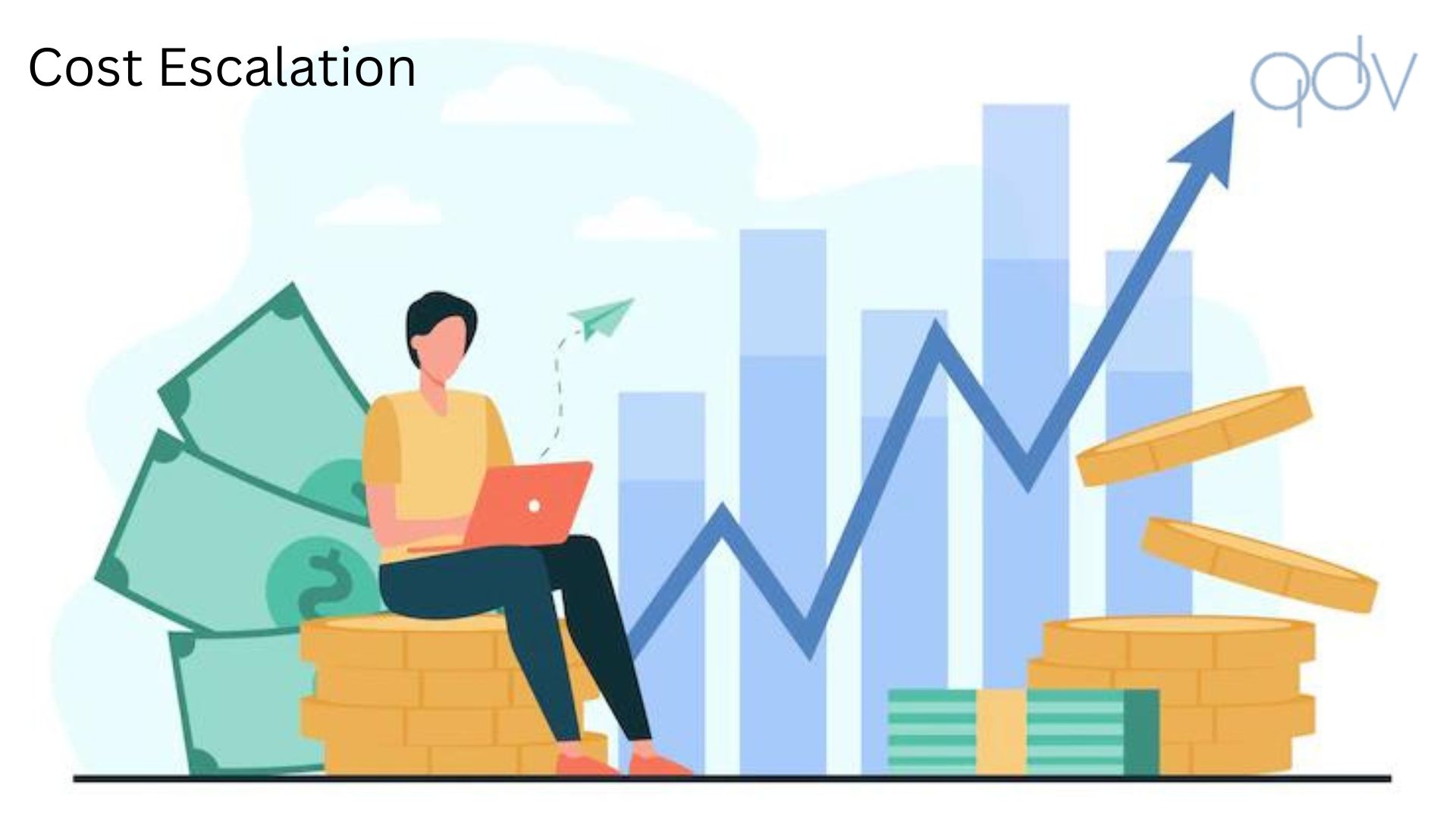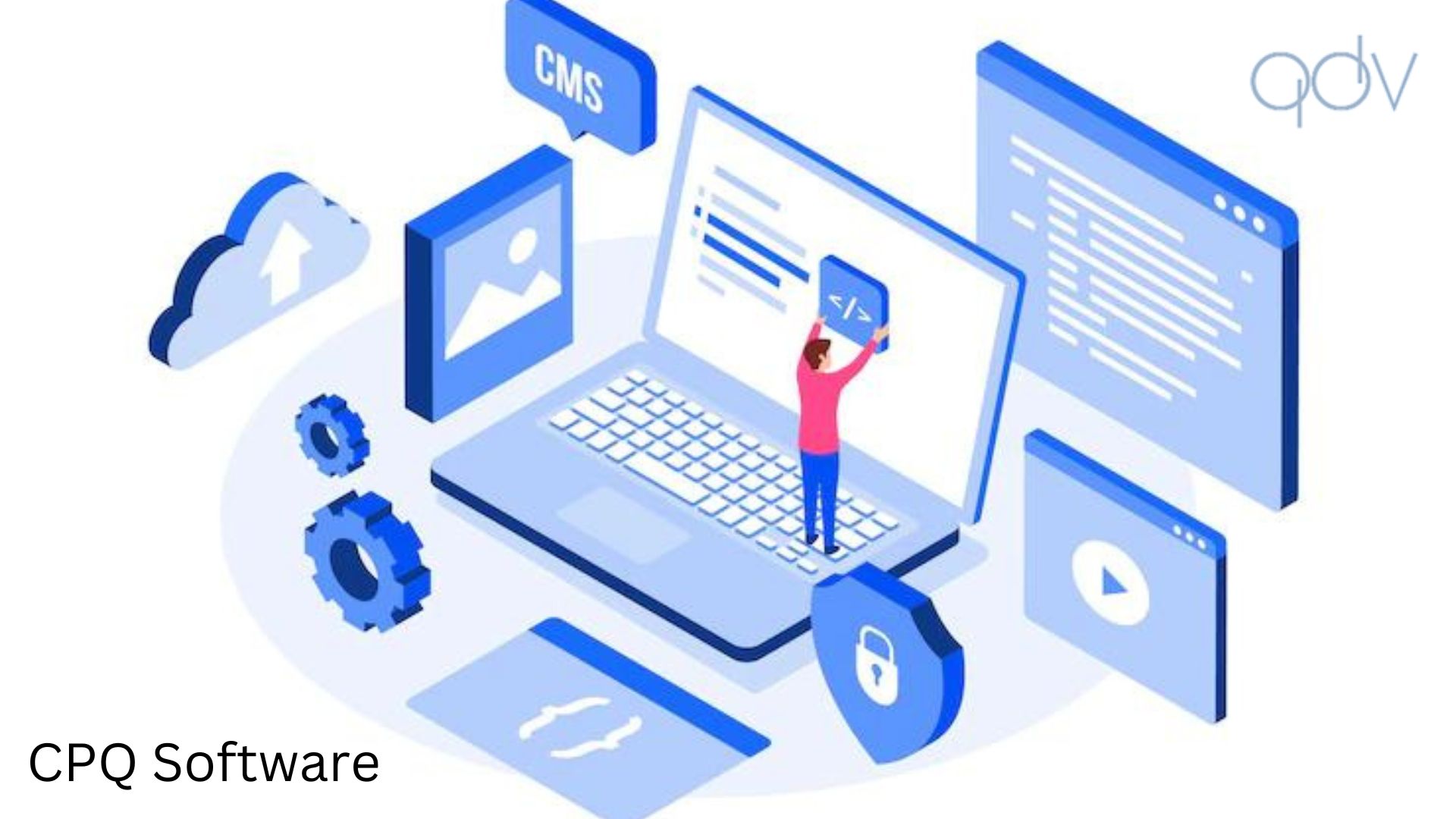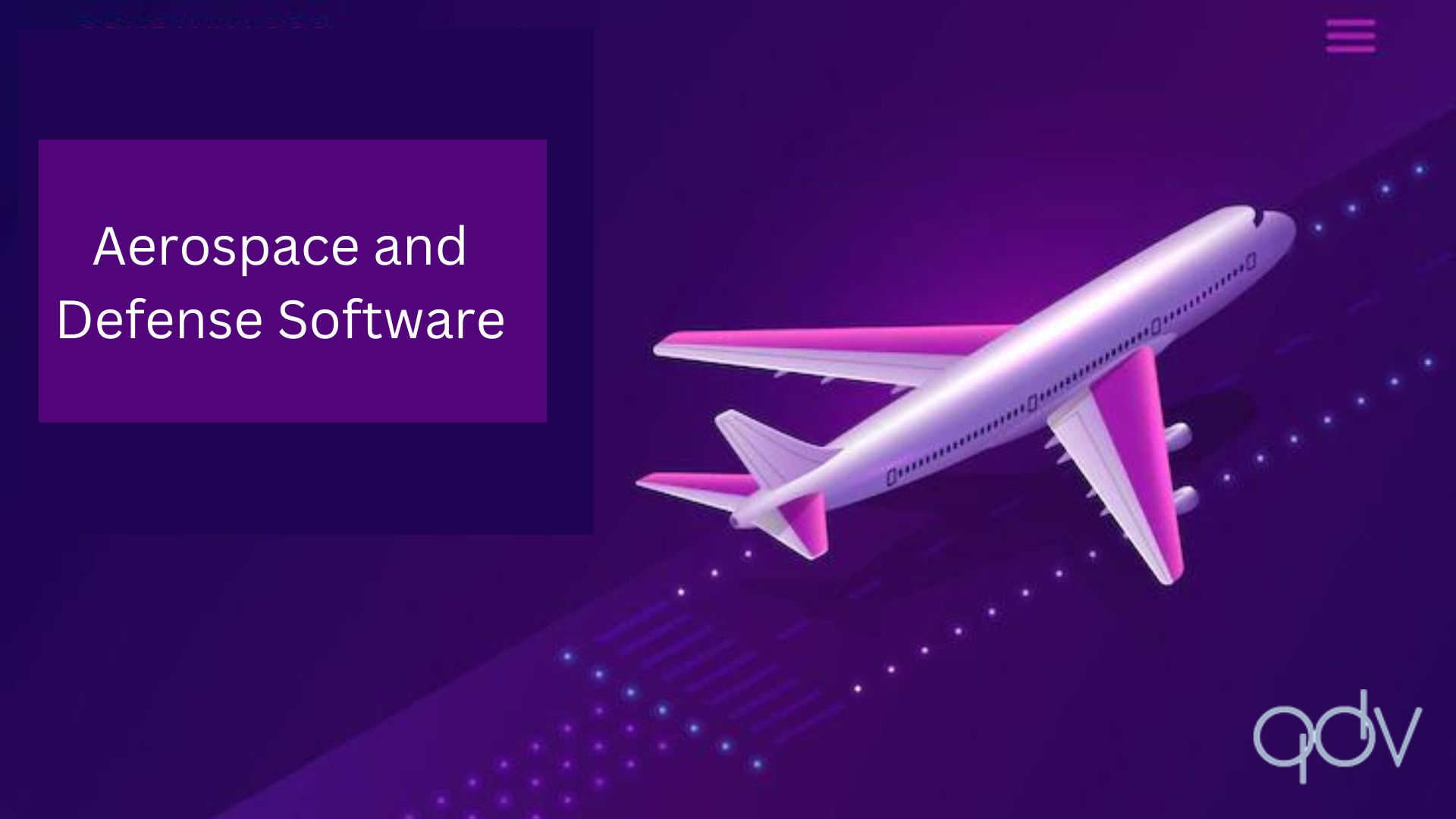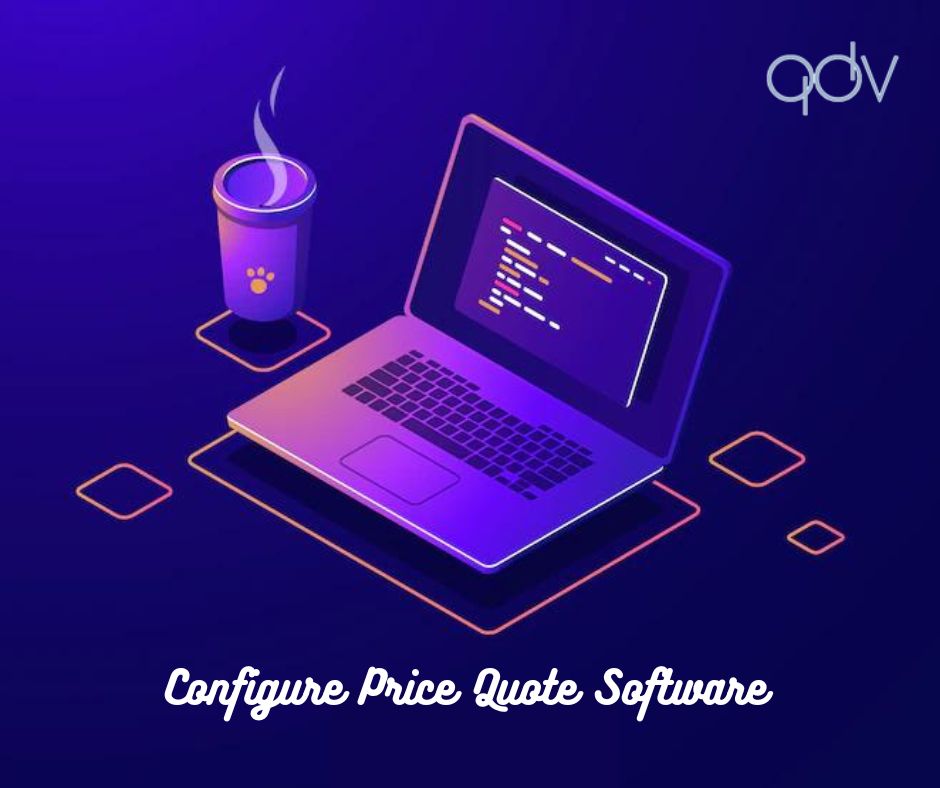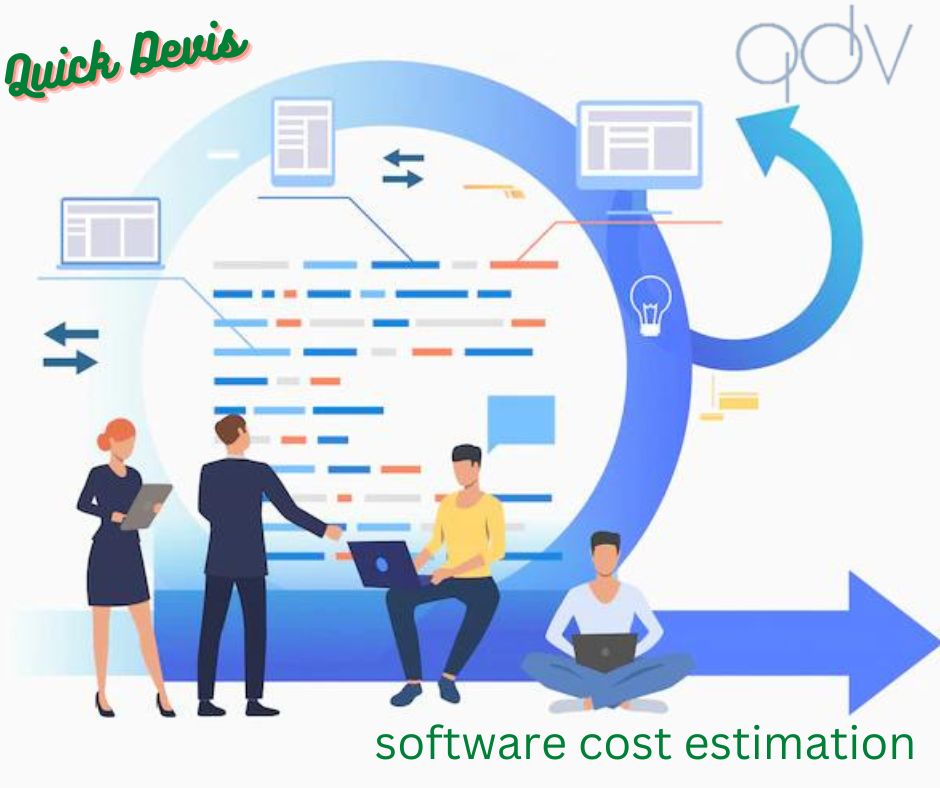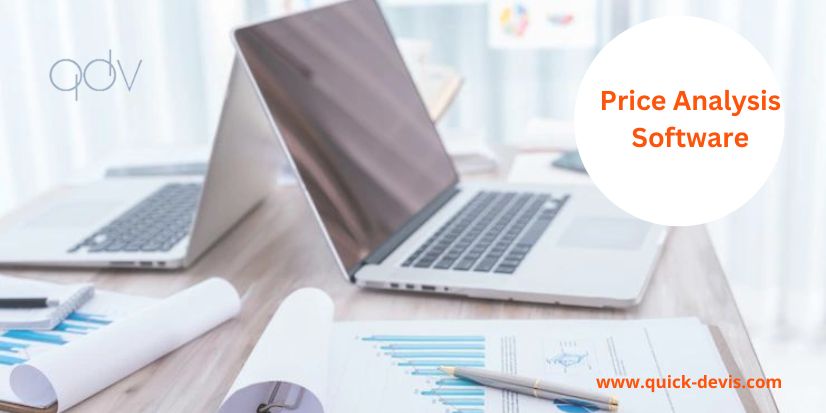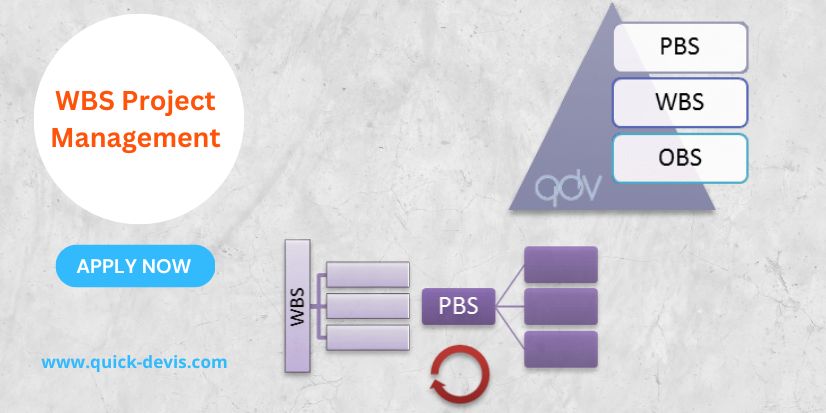How Estimating Software Contributes to Increased Business Profit
The advancement of modern technology, such as construction and takeoff estimating software, has enabled commercial companies to embark on a streamlined construction estimation process.
Now, what makes these technologies so well-known around the world?
The solution is simple: these are trustworthy and quickly provide a standardized evaluation. Today, it is undeniable that estimating software is a game changer, resulting in increased cash flow, more bids, improved project management, and improved management control and visibility.
Building estimating is the process of determining the approximate yet detailed expenses connected with a construction project. It is also known as construction cost estimation or just estimating. Estimating has many dangers to avoid: underestimate, and you may win the job, but you will lose too much money to be profitable. The difficulty for estimators is to provide estimates that strike the correct balance between profitability and client acceptability.
What Role Does Estimating Software Play?
The significance of construction estimation in today’s commercial environment cannot be overstated. To ensure complete client satisfaction and optimum revenue, estimators must plan with precision and prepare accurate bids for winning tasks and executing projects. The software gives businesses a competitive advantage by allowing applications to connect and share data with ease.
Furthermore, it is more beneficial because it can go beyond the typical boundaries of takeoff and estimation. Complex software frequently gives way to accounting and project management following a job win.
Improve estimation accuracy
The figure you provide to your clients must not only be correct, but it must also find a secure medium ground between these two undesirable consequences. While no estimate can ever be completely precise, there are several things you can do to enhance it.
- Adopting estimating software is the simplest approach to reducing time on estimates while maintaining or improving accuracy. With digital price libraries, templates, and access to previous project data, putting together an accurate estimate takes significantly less time.
- Old pricing information may be sufficient for rough estimates, but if you want to increase estimate accuracy, always utilize the most recent cost information.
- Take a close look at the little aspects of the earlier tasks you worked on. Understanding how each cost type contributed to the project’s financial success or failure allows you to tailor future projections based on your company’s specific strengths and limitations, as well as historical performance.
Construction cost escalation
When it comes to building cost escalation, there are two things to keep in mind:
- Each trade’s cost stays constant at the same rate.
- Every building/asset type necessitates a unique set of trades in varying amounts.
If you’re still wondering why does this matter? Consider a vast development project in which even a minor percentage change can cost millions of dollars.
Reduce Risk By Better Forecasting Cost Escalation.
Misapplication of building cost escalation rates can cause financial or reputational harm in a variety of ways. Here are some steps you may take to reduce the risk of cost escalation on your next project:
- Investors, developers, and lenders can better assess a project’s viability. As a result, the greater the precision at the outset, the better the feasibility of decisions.
- Developers better understand trade-by-trade cost escalation to confidently approve or reject claims based on facts and avoid lengthy legal arguments.
- Lenders might alter loan terms to reflect better the risks associated with cost growth.
- Developers can now better time their buying selections. They can negotiate contracts early for quickly expanding trades and wait for building documents for trades that are predicted to remain steady or decline.
Final Remark
So, if you’re ready to start looking for construction estimating software, QDV is here to assist. QDV is the world’s most powerful and adaptable advanced estimating tool, meeting the needs of government agencies, commercial contractors, and small businesses.



